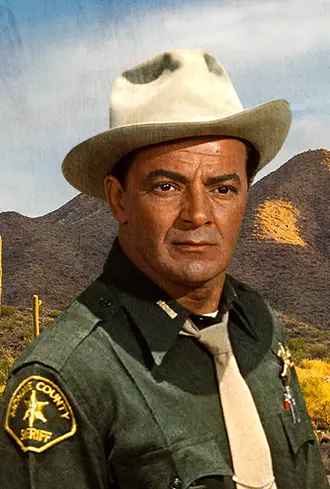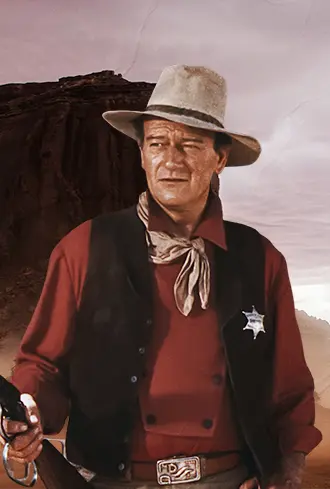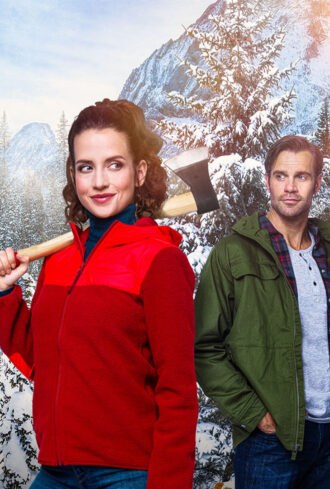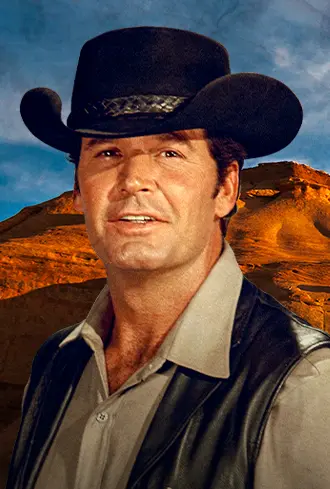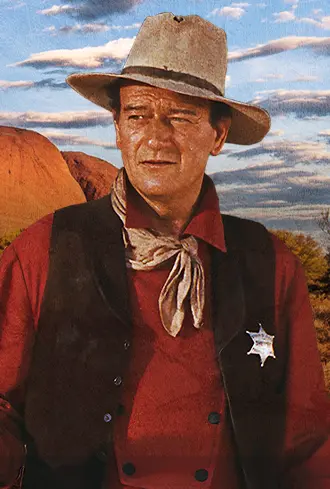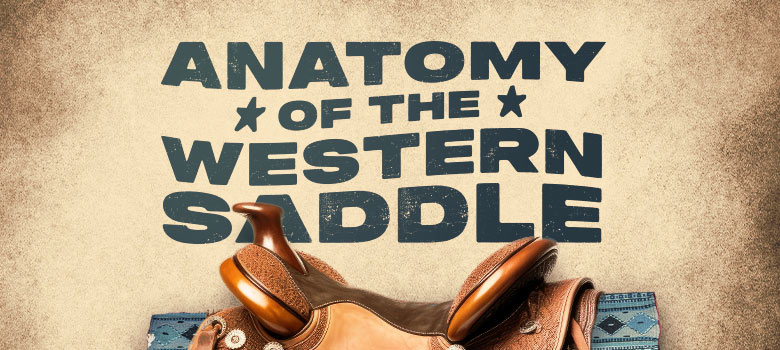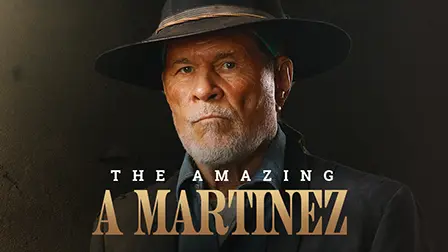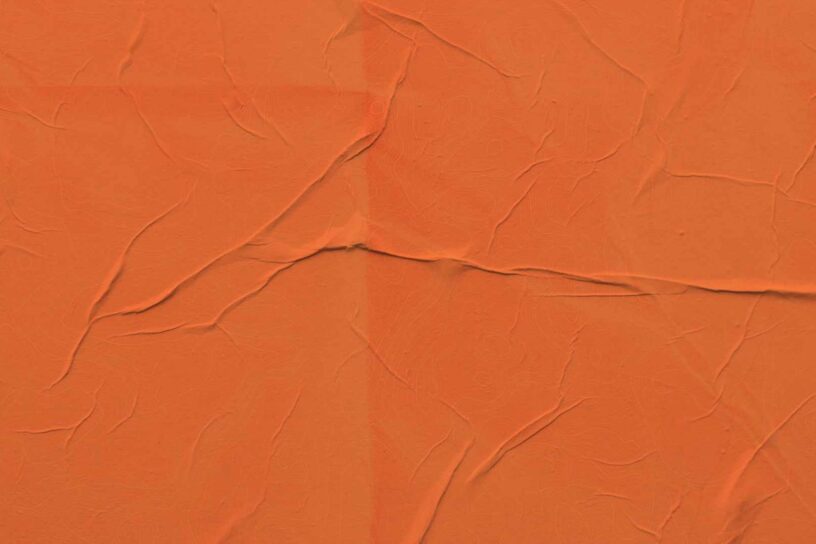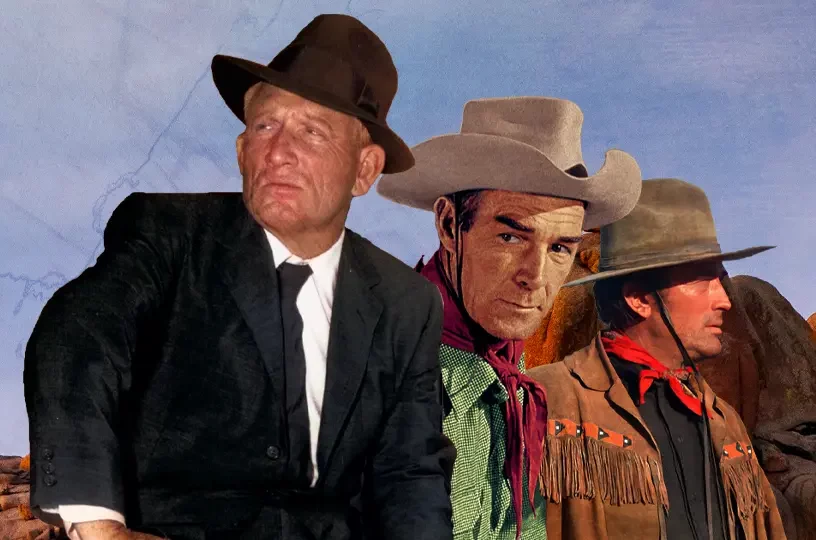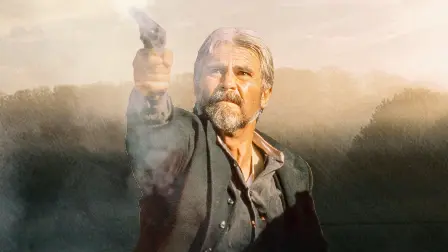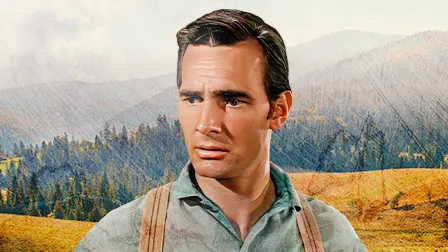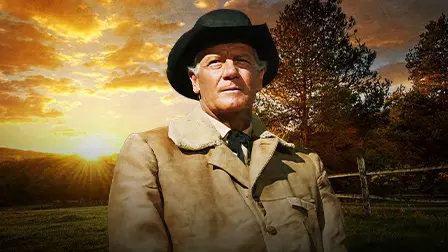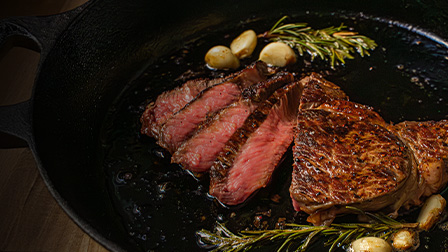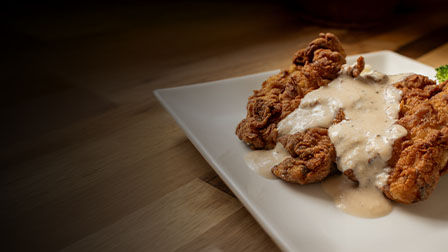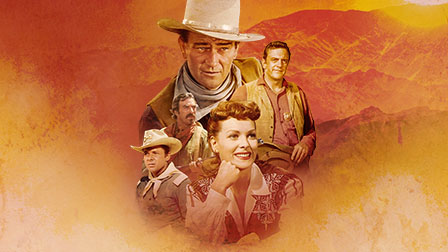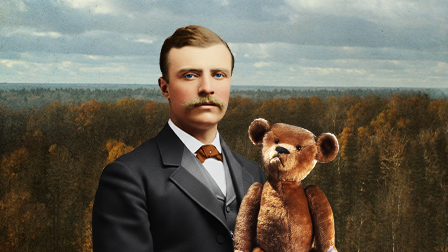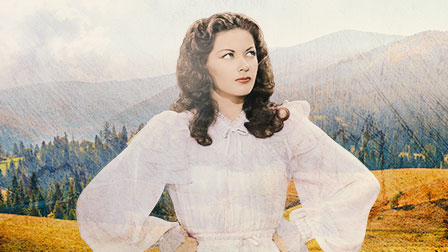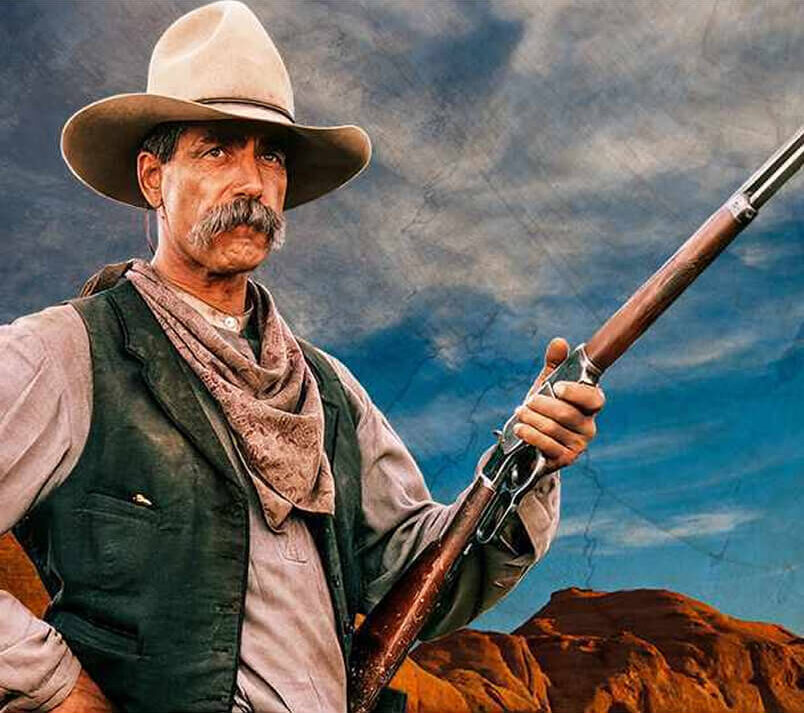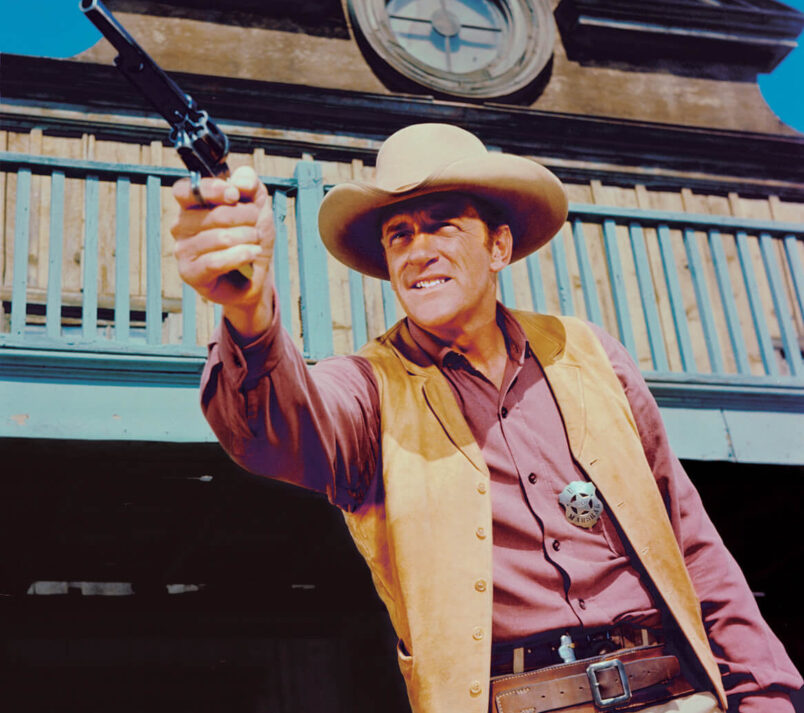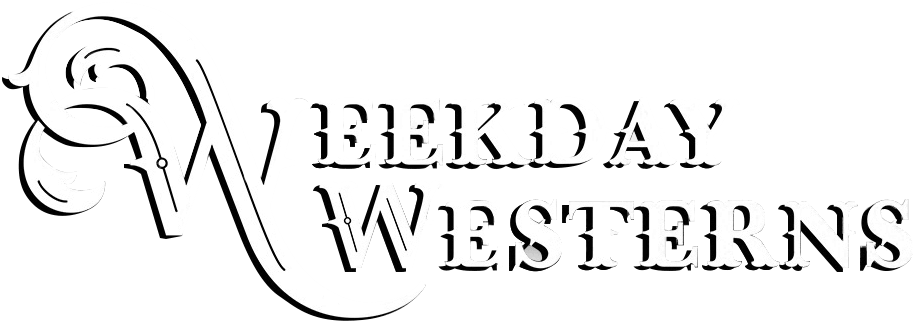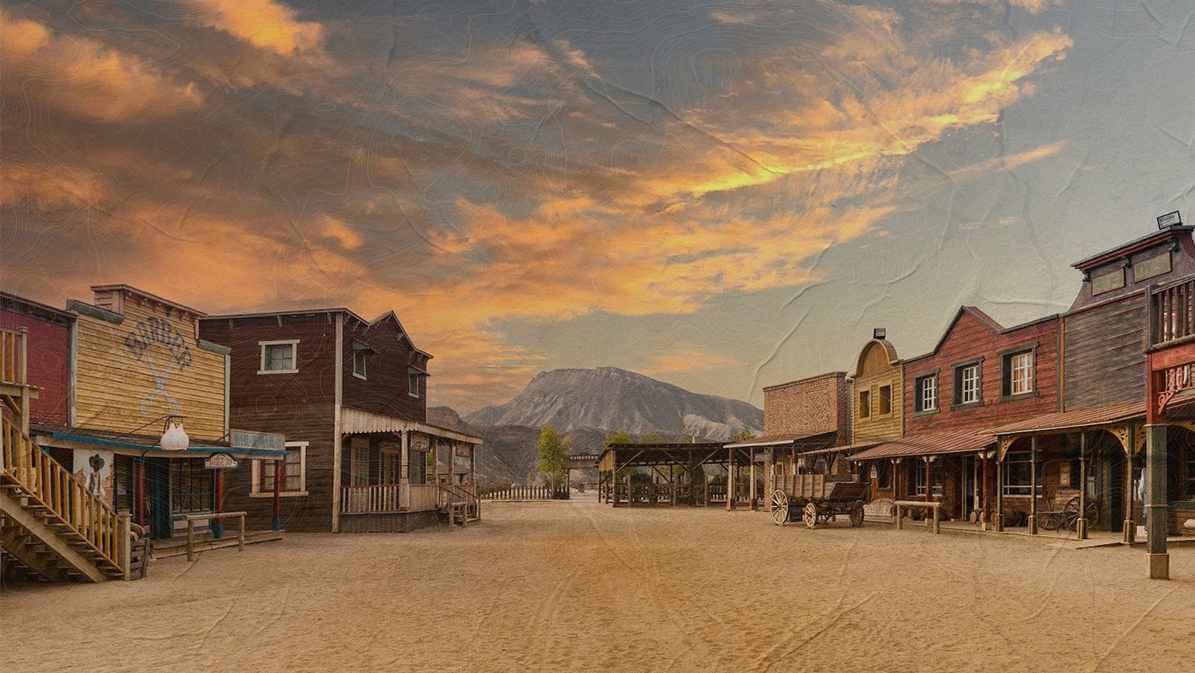Designed to withstand long trips in unruly terrain, the Western saddle is much more than a comfortable seat, and it serves a purpose beyond a resting place for a cowboy's derrière. With its high swell, wide seat, and supportive cantle, the Western saddle’s design offers inexperienced riders more security than the relatively flatter English saddle. And for seasoned cowboys, who are often in the saddle for hours, the ride in a Western saddle is easier on the body. In the Old West, security could mean the difference between life and death—on another level, too. The saddle gave cowboys a place to keep their most precious belongings while traveling through unlawful land, where danger lurked at every turn. While there were variations of saddles in the days of the Wild West, below are the foundational components that made the Western saddle worth the ride.
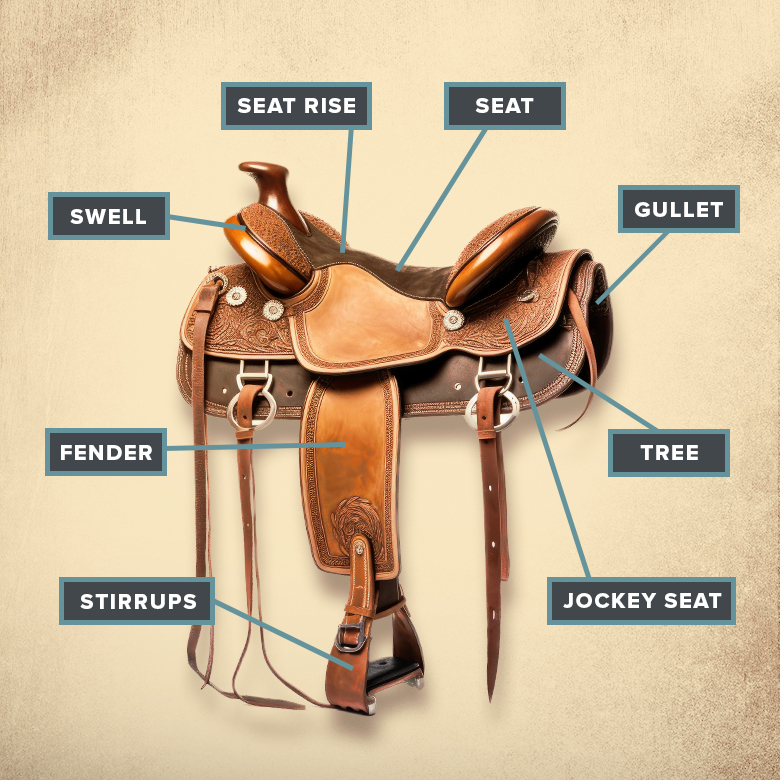
SWELL: Known as a pommel in English saddles, the swell is the front of the saddle that sits above the seat and connects the two sides of the tree’s construction together. It is often where riders grab to take the saddle on and off the horse.
SEAT RISE: The front slope of the seat that lays against the groin and can affect comfort for the rider, provided that it's fitted properly.
SEAT: Positioned atop the tree, this is where the rider sits.
GULLET: At the front of the saddle on the underside, the tunnel-shaped space between the horse and saddle that when formed correctly, protects the horse’s withers.
TREE: Rawhide-encased saddle base made of either wood or a similarly sturdy material.
JOCKEY SEAT: Pieces of leather or rawhide at the side of the seat that flair out around it to protect riders from directly coming in contact with the riggings.
FENDERS: Rawhide or leather wide strips that connect to the tree at the top, and to the stirrups at the bottom. They serve as a barrier and prevent discomfort due to friction, for both the rider and the horse.
STIRRUPS: Attached to the fender, stirrups are the flat-based, often semi-U-shaped loops designed to support the rider's feet, while mounting and riding.
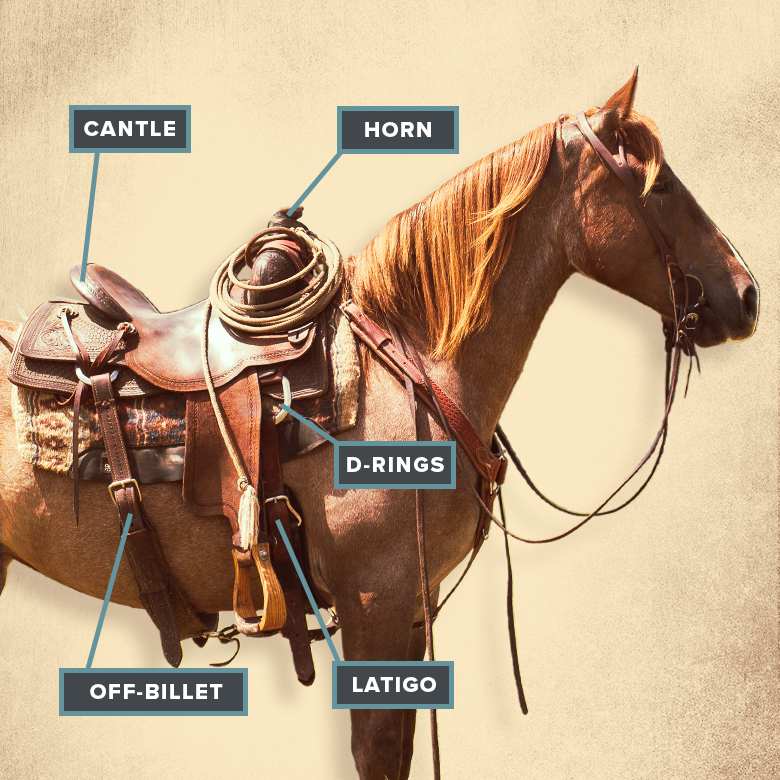
CANTLE: Back of the saddle that extends from the seat and has a slight rise to protect the riders back.
HORN: Located atop the swell, the horn serves as a handle and a place riders can wrap a rope around.
D-RINGS: Metal rings where the latigo feeds the front of the cinch, and where the off-billet strap feeds through the back of the cinch, to secure the saddle to the horse.
LATIGO: Located near the swell, the latigo is a strap that helps secure the cinch into place. It has a slit so the rider can place the slack of the strap away from the horse's legs while riding.
OFF-BILLET STRAP: Found at the back of the saddle, the off-billet strap secures the back of the cinch into place.
CINCH (Not pictured in diagrams): Straps attached to the latigo (front) and the off-billet strap (back) that passes over the belly of the horse. The cinch keeps the saddle securely in place on the horse's back.
RIGGINGS: A group of components that attach the horse to the saddle including D-rings, the latigo, the off-billet strap, and the cinch.
Suggest a Correction
We strive for accuracy and fairness. But if you see something that doesn’t look right, click here to contact us!

